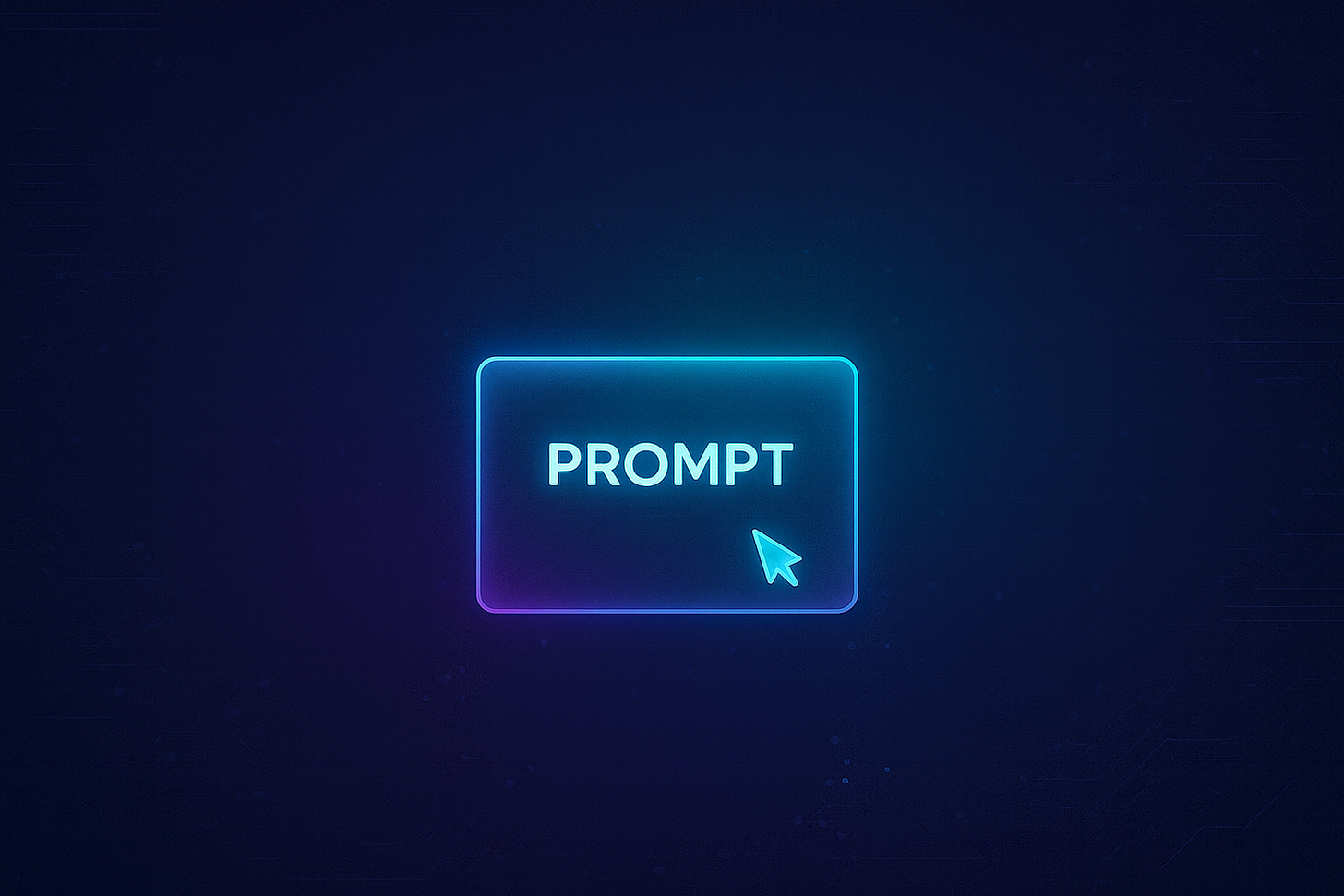How to quickly optimize your prompts with ChatGPT
My favorite copy & paste prompt template to improve your prompts
In previous articles, I shared with you a formula and prompt engineering techniques (here and here) to create better prompts.
Today, I’ll share a prompt template that you can use in ChatGPT (or other AIs) to optimize your prompts.
This post will be split into two parts. First, I’ll show you how to generate the info we’ll paste into the prompt template. Second, I’ll share the template itself so you can copy and paste it to improve your prompts.
Hi! I’m Frank (aka The Pycoach)
AI & Python instructor. Over the past year, I’ve helped thousands on YouTube and Udemy master AI with beginner-friendly guides and in-depth tutorials
If you’re new here, welcome! Here’s what you might’ve missed:
The key element for the template to work
The template I’ll show you in part 2 needs one key input: examples of success
What do I mean by examples of success? It’s the output that you’d like to get and that teaches the AI what success looks like for a specific task.
If you have those examples, you can skip part 1. However, usually we don’t have them handy or we don’t want to spend time finding or writing them ourselves.
Fortunately, we can easily recognize what the ideal output should look like. That’s when part 1 comes in handy. The AI will generate potential outputs, and we’ll pick the best one.
Part 1: Generating examples of success
Let’s start with the prompt for generating examples of success.
For this test, our goal will be to create a prompt that replies to emails professionally. That said, the template in part 2 works for most tasks you have in mind.
I’m going to give you an email and you have to provide four improved reply alternatives that take this into account:
always greeting
concise
tone: friendly and professional
a clear closing
Rank the replies from 1 to 10. Emails that follow the rules above should score high, those that don’t should score low
In the template I’ll show you later, we need at least three examples of what success looks like (input → output). For this test, I’ll generate potential outputs using the typical email workflow I have with my clients:
Email #1: First contact with a client (what I offer)
Email #2: Present my rates and highlight past clients I’ve worked with.
Email #3: Negotiate rates
After running the prompt above, I gave ChatGPT info about what clients write to me and how I usually respond (spoiler: I’m so busy I don’t follow best email practices)
Client: Would you do $X for dedicated video on platform A and B?
My response: For $X I could make a dedicated video, but publish it only on platform A
ChatGPT gave me four improved reply alternatives, and the one I liked the most was this one:
Hi [name]!
I can deliver the dedicated video for $X on platform A. If you later decide to add platform B, we can top up $Y to reach the $X+Y platform A+B package.
Let me know how you’d like to proceed.
Thanks,
Frank
That’s one example of success. After repeating these steps with email #1 and #2, I can paste the three examples into the template below.



